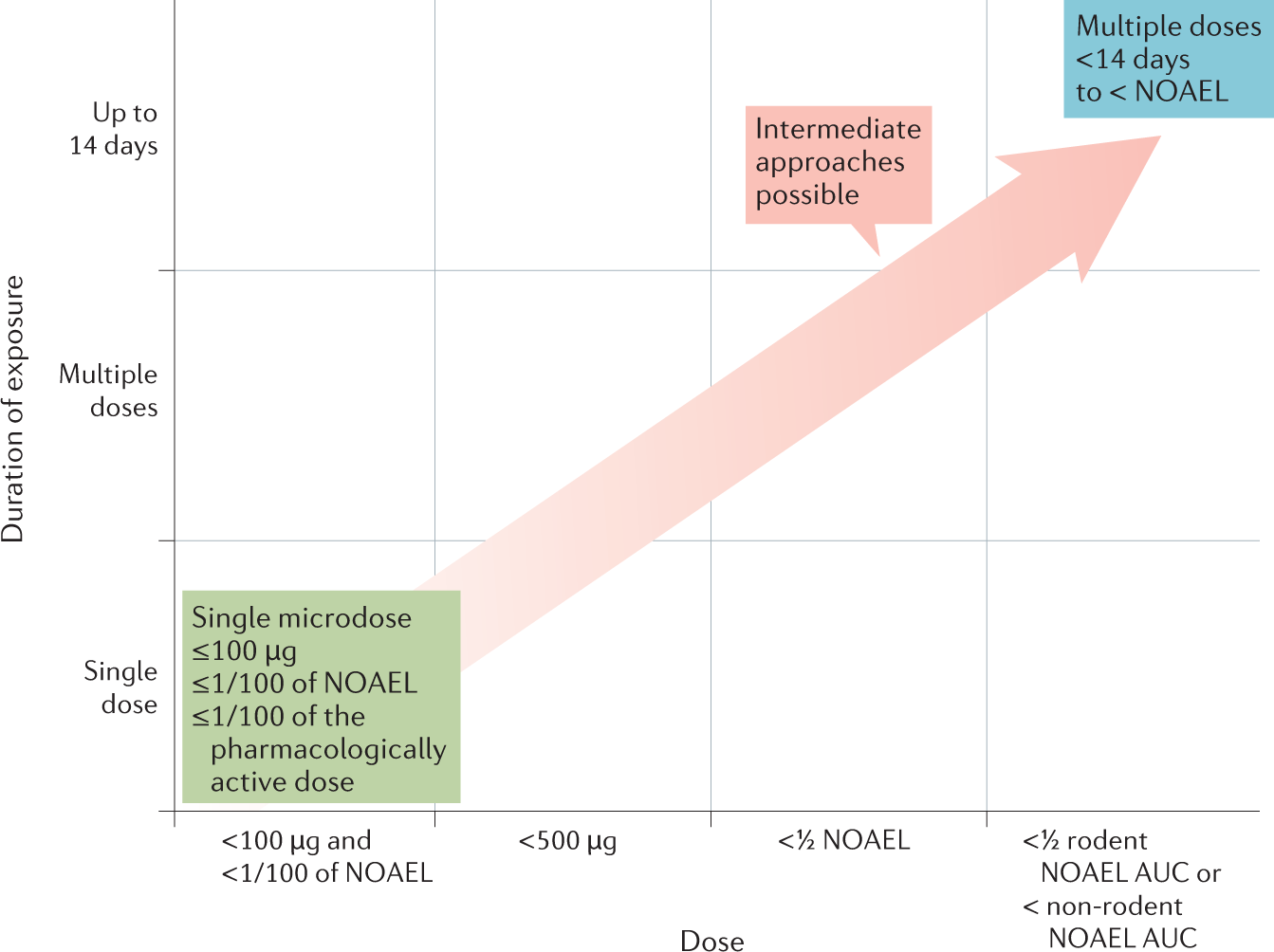
The factory then takes his notice into consideration and creates a service notification. The process of repair orders on SAP shall be explained in this document.Īs the starting step, customer notifies the vendor about the repairs/faults through calls or e-mails. Depending on the quantum of the issue and also product’s warranty, a repair or a replacement could be done to the customer.

In such a case, the customer would return the product / material to the vendor’s workshop for repair or service. In manufacturing industries like Rail Car Manufacturing, the cars delivered to customers might require regular service/repair during their life cycle. Plus, the side-by-side comparison is not as direct, and it takes double the space in comparison with the bullet chart.This document has been created for the benefit of entry level SD / CS consultants with a detailed step-by-step elucidation being provided on how the Repair orders are created in SAP.

Cluster bars are not bad, but I can’t color those regions based on the conditional of being above or below budget. The bar-line combination chart is better, but with the labels overlapping, it's hard to tell which numbers are for what and where exactly the point on the lines fall. But our focus here is point-to-point comparison, and the line chart can’t accomplish that. The line chart is great for showing and comparing trends. How about other chart types? A line chart, combo chart, or a cluster bar chart perhaps? The latter is particularly useful when you have more regions or other categories of data on the axis. With straight bars, the bullet chart is more precise in presenting data, and more compact. The key difference is afore-mentioned straight bar vs.

However, whether you use them is up to your unique data and audience: if your customers are accustomed to it and love it, why change?Īn great alternative to the gauge chart is the bullet chart. Additionally, it's worth it to note that some experts criticize gauge charts, saying that the curved bar is not as accurate as the straight bar in presenting data. It's appropriate when you only have a few visuals on the page, and their underlying metrics are valuable enough to spotlight. This chart type does take space and attract attention though. London is the only region that is below budget, and the South region greatly overspent their budget. Can you now answer above questions much faster? Absolutely. Now your datasets are thoughtfully ranked, colored, and labelled, making it easy for users to quickly find insight. It's not very intuitive, right? A simple thing you could do to fix this is to add a variance column and color the regions by above or below budget.Īnother tactic you could use is to turn your table into a visualization, like the gauge charts shown below. Or is it? Not if you care about your users and want to maximize your data’s consumability for them! Let’s take a moment to see how quickly you can find out which region is below budget, and which region has the largest variance above budget. We put actuals and budgets in the columns, and regions on the rows, and it seems fine.

For example, here we have a very small dataset about operational expenses and budget. With cross tabs, the process can be quite easy and straightforward. But which visual type is the best choice to represent your findings? Microsoft Design & Data Visualization Lead Miranda Li reviews some likely candidates, and talks about why some visuals can work better than others for your audience.Ĭomparing actual numbers against your goal or budget is one of the most common practices in data analysis. Comparing your data against target goals is one of the fundamental tactics of data analysis.


 0 kommentar(er)
0 kommentar(er)
